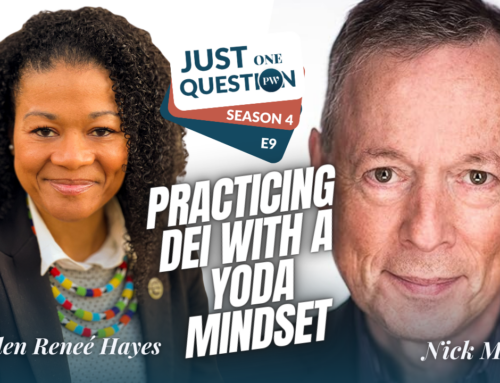As an author of (mostly) written words, I’ve of course noticed that the sentient world is becoming increasingly video-based. At first, we written-word authors were safe from video online, because the bandwidth and compression ratios hadn’t sorted themselves out and video didn’t work all that well. But somewhere after 4G and before yesterday video surpassed writing as the way most people absorb new information.
With a nod to audio books and podcasts, we are now firmly ensconced in the video age. When 5G is commonplace, it’s pretty easy to see that the written word will become more and more relegated to legal disclaimers, bulleted lists on Facebook, and subtitles.
Tragic for writers like me who love the written word, but then life was tough for people who preferred the horse and buggy over cars. Until the horses and buggies were gone.
There are, of course, bright spots for writers: poetry has become newly emergent, though the performance aspect of it is a large part of its renaissance. And all those videos will need scripts. But the essence of video is the visual metaphor – the glance, the powerful silence, the moving camera that roves over an entire battlefield and says more than paragraphs of prose can in a few seconds.
Once video became a viable alternative, the real question to ponder was not, why is video taking over, but rather, why isn’t it already even more triumphant? What is the matter with video that it hasn’t swept away all other forms of communication already? What are its real limitations?
And the answer comes down to dimensions. The reader’s imagination, the one that brings The Iliad to life, and roams with Achilles, avenging Patroclus’ death before the gates of Troy, is three-dimensional.
Video, a more passive medium, is two-dimensional. Even so-called 3-D movies at the IMAX are really just heightened 2-D. And still comparatively passive.
But there’s a fascinating exception. Ragnar Kjartansson, the Icelandic artist, has created a truly 3-dimensional video experience in an art installation that wakes up the sleeping brain of the typical video-watcher and makes it participate in creating a 3-D experience.
The work is titled “The Visitors,” and it has been shown in Switzerland, Wales, Spain, and in the U.S. in Los Angeles, San Francisco, Phoenix, Nashville, New York, Washington DC, and Boston, where I saw it. If you get a chance to take in this extraordinary work of art, do so, because it will change your idea of what video can be.
The installation consists of nine huge screens, set around a room, giving the effect of looking into eight different rooms (and an outside view) of a dilapidated mansion. As the screens come on at the beginning of this hour-long show, the rooms are empty. Gradually, they fill up with one or two musicians each, including Ragnar himself in a bathtub with guitar. Ragnar starts the music going, which largely consists of singing the phrase, “Once again, I fall into my feminine ways,” over and over again, sometimes joyfully, sometimes tragically, sometimes as if in a trance. Other phrases come and go, but that is the one the performers keep returning to.
It’s difficult to convey a sense of the power of the piece. But the viewer is involved in creating the experience in a way that a simple two-dimensional video cannot do. Because the viewer has to take a viewpoint, and that involves choice – choosing to see some of the screens and not others – the imagination is awakened in a way that is not needed in more straightforward movies. Indeed, most of the viewers move around restlessly, taking in different perspectives, checking in on the musicians as time goes on, seeing what they’re doing differently as the music swells and fades.
And at the end, something happens which is a rarity in a movie theatre: most of the viewers present gather around the exterior-view screen, which has the last sight of the performers, as they leave the setting, and applaud when the showing is done.
Because you’ve actually participated in the creation of the experience, by making choices as to what you will and won’t see, you feel more involved in the story and the movie than usual. And so I can predict, as someone who will rue the day, once most video becomes immersive like “The Visitors,” the written word will become a curiosity, like a horse and buggy in the automotive age.









Thanks for this piece Nick. I have a comment and a question (if you have time): 1. Video will reach another level of usefulness when its contents become more easily searchable and 2. What did you mean or on what basis do you say imagination is 3D and video 2D?
Antoni — thanks for both comment and question. I agree with the comment, and I understand Google and others are working hard on that one, so it is a matter of time. The question: I meant that video is shown on a 2-dimensional screen, whereas the imagination is shown in your mind, which is 3-D, at least. It might have been better to say that there are no limits to dimensions in the imagination.
Got it, thanks Nick.
The post talks about a very interesting fact. It is the way video is gradually taking over all the other mediums of communication. I am surprised to know how technology has brought advancements and improvements in various communication practices. Thanks to the team for sharing this informative piece with us.